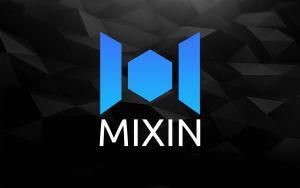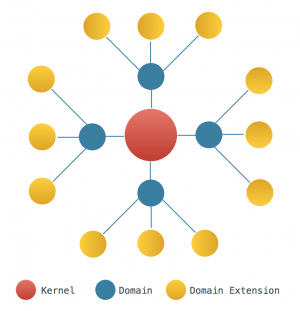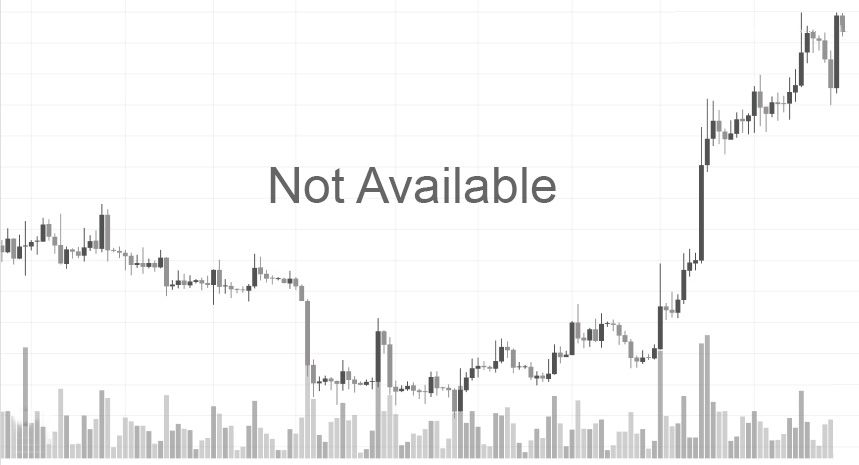The Mixin Network and its XIN token are the building blocks of the platform which aims to improve the speed, transparency and security of transactions involving digital assets across multiple distributed ledgers.

What Is the Mixin Platform?
Following the initial coin offering which took place in November 2017, the Mixin platform and its native namesake token (XIN) entered the global crypto stage as the solutions propelling its peer-to-peer network focused on digital asset transactions. What was supposed to set the platform apart from others was its use of a publicly distributed ledger which was designed to help other ledgers of the same type skyrocket their transaction-per-second (TPS) performance, speed up confirmation times and offer zero transaction fees paired with advanced privacy features.
Going for the theoretically unlimited throughput meant that Mixin had to posit itself as the platform which connects multiple active blockchains and supports them with the ability to handle instant transactions while providing enough room for the cross-chain development of decentralized applications (DApps).
Mixin platform is supposed to work hand in hand with its messenger app named Mixin Messenger which functions as an open source mobile messaging app offering support for multiple popular cryptocurrencies (including Bitcoin, Ethereum, Bitcoin Cash, Ethereum Classic, Ripple, Litecoin, Sia and others), their storage and transfer among the users found on the contact lists.
At the same time, the Mixin Platform has a pronounced social orientation. Its Network hosts a developer competition program allowing the participants to work on improving the Network’s technological ecosystem. At the same time, the Mixin Network served as the basis for the establishment of the Ocean One decentralized exchange.
What Is Mixin Trying To Achieve?
While the Mixin team gives credit to Bitcoin for ushering in a “new era for financial resources management”, the fate of the first mainstream cryptocurrency has actually inspired Mixin to try to correct some of the problems which have followed in the Bitcoin’s footsteps:
- Mixin wants to improve scalability, transaction capacity and slow confirmation times which prevent blockchains from reaching their full potential. Mixin is promoted as a solution that is not focusing on creating yet another crypto or becoming a competitor to well-established distributed ledgers. Operating in a manner similar to the Lightning Network and Liquid for the Bitcoin chain, Mixin is designed as a ledger which wants to help other public ledgers deliver theoretical transaction speed of one billion transactions per second and, as its whitepaper claims, literally “trillions” of TPS in the long run. The targeted final confirmation time is the one going under 1 second. Mixin also has the ambition to solve the blockchain scalability issues by offering access to its network of distributed ledgers that operate based on secure directed acyclic graph model.
- Mixin is built around the idea that there is no use trying to fix the main flaws of the Bitcoin network and that ensuring interoperability between blockchains is a more helpful solution. Many new blockchains have been developed over the past few years, often with an intention to correct the issues found with Bitcoin combined with some new features. Instead of this, the Mixin platform focuses on having the chains interoperate with each other instead. It is supposed to work as a hub which supports communication among the users of diverse cryptocurrencies, with an option to transfer value among multiple networks. Unifying the operations between various cryptos based on the Mixin model should bring about the faster adoption of various crypto assets. The project’s website claims that the Mixin Network has so far ensured support for 13 blockchains (such as BTC, BCH, ETH, EOS, ETC, SC, XRP, XEM, DOGE, DASH, ZEC and LTC), as well as for the storage and withdrawal for more than 50,000 cryptocurrencies. In addition, more than 100 million transactions with crypto assets are claimed as being completed on the Network so far.
- Mixin wants to make security and anonymity features its main selling points. Looking to address concerns regarding the ever-present threat to users’ privacy, the Mixin platform supports their anonymous operations on the network. This is ensured by its implementation of ring signature technology which reduces the chance that users can be tracked down and have their information publicly revealed. At the same time, the users on this network should be allowed to invest in Mixin and engage in trading without any third party or authority having any knowledge about these activities.

How Does Mixin Work?
The ticking heart of the Mixin Network consists of multiple distributed ledgers optimized for high performance. The core ledger in this ecosystem is called Kernel while the supporting ledgers function as the platform’s “domains”. In addition to these, the domain extensions operate as gateways which source assets from other blockchains (such as Bitcoin or Ethereum) and feed them into the central Kernel ledger. The same goes for the assets sourced from centralized institutions such as banks.
The domain extensions feature distributed ledgers capable of storing smart contracts and applications from EOS, Ethereum and similar platforms. Users can source these contracts from a single computational unit, such as a PC or a mobile phone. Based on this, they should offer more flexibility and better performance compared to those found on Ethereum. Neither of these segments (Kernel and domains) feature centralized governing structure which is supposed to set Mixin apart from similar solutions which work on the gateway principle.
How Does Kernel Interact with the Domains?
In order to avoid chaotic operation, Kernel plays the role of the verifier and the governing authority for all the assets it handles. It also provides for all related transactions made with them. The Kernel operates as a distributed network, not unlike what is found with the Bitcoin network. Its role in verifying transactions does not entail the creation of assets and the Kernel itself is considered a “component” of the Mixin domains. Communication between the Kernel and domains is ensured by means of the system calls.
External assets which are to be added to the Kernel require prior creation of the public key for the purpose of linking them with the domain. The same is required of public keys specific to the asset in question to have it connect with the Mixin Kernel.
DAG Implementation on the Mixin Platform
With the Mixin Network’s focus on asset and transactions, the Mixin team had to implement the features which would allow it to scale efficiently and respond to performance challenges. With that in mind, the Mixin team implemented a directed acyclic graph (DAG) technology which allowed for the connection of multiple nodes in a non-linear pattern. Based on this system, the information is simultaneously disseminated across the nodes with the help of the gossip protocol. DAG combined with the BFT is supposed to ensure low latency on the Network and allow it to tackle a higher number of transactions.
Mixin Kernel utilizes the Bitcoin’s Unspent Transaction Output (UTXO) model to handle transactions. It allows it to manage the unspent transaction outputs within the nodes which constitute the Kernel. The nodes are tasked with validating transactions and maintaining persistence. Based on this, the Mixin platform does not feature blocks in the traditional sense, allowing it to broadcast transactions exponentially in a timely manner.

Mixin’s Consensus Model
The platform’s DAG-based architecture should allow for the faster reaching of consensus on transactions, in addition to its implementation of the proof of stake mechanism for its distributed ledger. Each node needs to pledge at least 10,000 XIN in order to be granted the authority to verify transactions on the Kernel ledger and become a “full” node. Based on this requirement for collateral, the Mixin Network hopes to prevent the centralization of power as the Kernel can become operative with at least seven active nodes which constitute some 15% of the overall network stake. At the same time, the required amount of 10,000 XIN accounts for about 2% of the network stake, considering the token supply cap of 500,000 XIN.
At the same time, the Mixin network features some “standard” nodes as well. Unlike what is done with adding transactions to the ledger, these nodes have an important role to play when there is an issue which requires the voting proceedings. This can include not only transfers of value, but also any addition of a new component submitted by a developer, or an app, service or product offered by a user. Adding stuff to the public ledger requires at least 66% of the nodes to reach consensus, with an option to repeat voting in case the outcome is a tie.
Privacy and Mixin Token
In order to deliver a more robust privacy experience, Mixin Kernel uses the CryptoNote one-time key generation algorithm. It allows the platform to create a “ghost address” in the form of a key that can be derived, used for an individual transaction and ultimately discarded. The output associated with this operation is called “ghost output”.
In addition to being used for the staking as part of the platform’s consensus mechanism, the token is used as a reward for those who validate transaction on the network. Also, the tokens are used as the means of payment on the occasion when the Dapps need to compensate the network for the resources allocated to them.
As of April 2019, the currency’s market cap was valued at USD 89 million, with its historic high being reached in April 2018 (USD 606 million). The token is available for trading on several cryptocurrency exchanges.
The Mixin project is headed by its CEO Cedric Fung who was the co-founder of Yixia.com mobile video platform.
